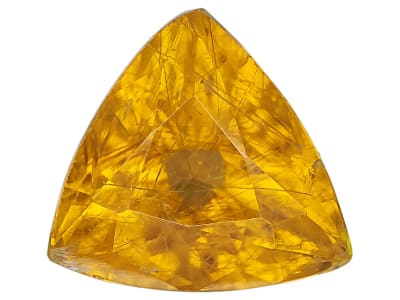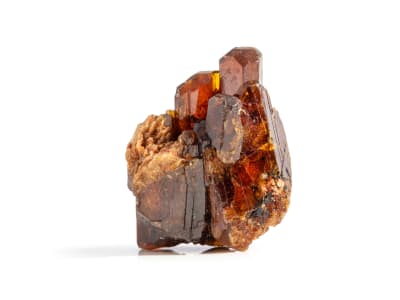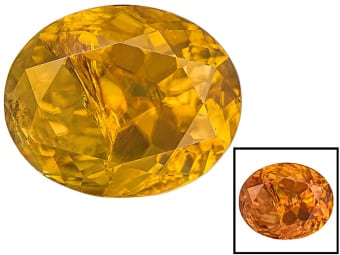A rare gem, bastnaesite is named after the Swedish locality where it was originally discovered in 1841, the Bastnas mines. Color can range from honey yellow to reddish brown and crystals vary from transparent to translucent in appearance. Valued by industry as a source of rare-earth elements, bastnaesite is rare, but has been found in small quantities throughout the world. It is difficult to cut because it is a relatively soft mineral, however, its high refractive index, combined with its rarity, make it an exciting gem to own.
General Information
Bastnaesite Colors
-
 Brown
Brown -
 Brown
Brown -
 Orange
Orange -
 Orange
Orange -
 Yellow
Yellow
Bastnaesite Spectra
We acknowledge the significant scientific contributions of John S Harris, FGA to the study of gemstone spectra and with deep appreciation to him, acknowledges the use of his images and related notes about gemstones and their spectra in the educational materials on this website.
Alternate Names
Bastnaesite
Countries of Origin
Pakistan; Unknown
History
Bastnaesite, a mineral, is not rare. However, In gem quality, it is extremely rare. Bastnaesite is named after the Bastnas mines in Sweden, where it was originally discovered in 1841. It's characterized by warm colors ranging from honey yellow to reddish brown. Its crystals vary from transparent to translucent in appearance. Bastnaesite is valued by industry as a source of rare-earth elements. Gem-quality bastnaesite has been found in small quantities throughout the world. It is difficult to cut because it is a relatively soft mineral, however, its high refractive index (i.e., high brilliance and fire), combined with its rarity, make it an exciting gem to own.
Care
This stone is a 4 - 5 on the Mohs scale, so be sure to treat it with care. Other stones will scratch it, so it's wise to store it separately or wrapped in a protective cloth.



